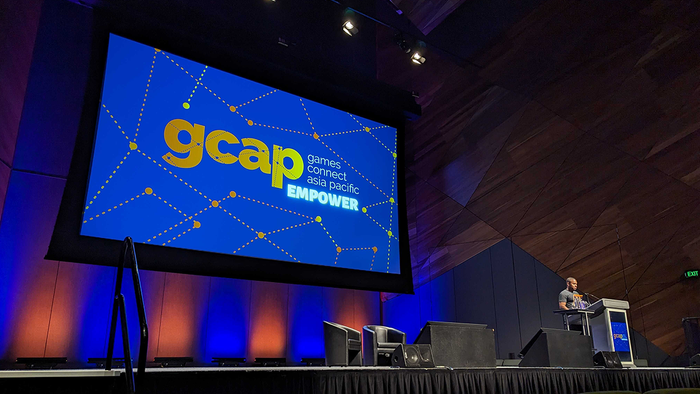Sponsored Feature: The Cost of Ignorance
PapayaMobile director of marketing Justin Mauldin reviews the latest statistics on user acquisition costs and conversion rates, and offers up some helpful tips on how to make sure users get engaged with your free-to-play Android game and stick around.

Sponsored by Papaya Mobile
According to Fiksu, user acquisition costs reached $1.46 per loyal user (defined as users who open an app at least three times) for the month of April. That represents a 78 percent increase since January of this year. So why should a majority of you be paying attention?
Let's assume your game is freemium and gets 3 percent paid conversion (Zygna is hovering around 2.2 percent). Your game would need to make at least $49 per paying user in order to break even. That's still good news because the average lifetime value per customer is around $60, according to Social Gold. The overall problem though is that user acquisition costs continue to trend up and diminish returns for developers. For example, back in December of 2011 the Fiksu index reached a peak of $1.81 per loyal user. At that price the majority of games would just be breaking even in order to acquire new users.
Thankfully, it didn't stay there long and the cost to acquire users dropped shortly after the holidays. The first quarter this year has remained low but with the significant jump in April I expect prices will only move sideways and up from here. With around 50,000 new apps added each month, the increased competition will drive prices to new highs (well beyond $1.81 per user). Just like the days of cheap gas are gone, the days of cheap user acquisition will be a thing of the past.
Imagine when the bottom to acquire a loyal user becomes $1.80? It's really not that far away. When that happens the only developers that can afford to stick around are the ones smart enough to either increase their customer LTV or user>customer conversion. This article isn't meant to be a silver bullet but I will share some tips that we've learned that have had a positive effect on both.
1) Beta test your game. I can't stress this enough. Too often developers will push their game out when they "feel" it's ready. The truth is that it all comes down to metrics. You don't want to find out after you launch that your game is filled with bugs and not hitting its DARPU and retention targets. The first 30 days on the app stores are the most important and smart developers know they need to beta test before release. Beta tests usually range anywhere from 3-5K but there are networks out there like Papaya that will assist developers with free beta tests.
2) Incorporate viral APIs. There are a lot of mobile social networks out there with really generic APIs that won't do anything to increase either of the above metrics. Leaderboards, in my opinion, are pretty close to meaningless to a majority of players. How motivated are you going to be when ranked 426,319? Unless users are in the top 250 it just doesn't make a difference. Focus instead on incorporating APIs like invitations, social sharing, and friend recommendations. Unlike Facebook, where most people get annoyed with game requests, everyone on a mobile social gaming network is by definition a gamer. Gamers love to share, interact, communicate, collaborate, and compete in the games they play so why not enable them to do that with the right APIs?
3) Get strategic. Instead of buying expensive traffic why not exchange the traffic you have for install credits? Sign up with an Android ad network, like app-flood.com, and accumulate your credits over time. When the moment is right, cash your credits in for a burst install campaign. You'll lower your user acquisition costs by getting more organic traffic and shooting even higher up the charts. On the other hand if you want to boost your user's LTV, one approach is to inject traffic from gaming communities. For example, the average Papaya player has an LTV of $80 and the company offers free promotion to its millions of players.
Don't get me wrong -- there is still plenty of easy money on the table. If you make a great game, spend a decent amount of time figuring out the metrics, and launch with some marketing spend you will probably do ok. What I'm suggesting is that just because you are able to survive with certain strategies today does not mean you will tomorrow. This industry is changing faster than anyone can predict and the only thing that you can count on is that it's going to get more expensive and tougher to find your niche in the months and years ahead. The cost of ignorance is far more expensive than getting proactive about these issues today.
If you want to know more about how Papaya can help you with beta tests, viral APIs, and getting strategic please reach out.
Developers can learn more at http://papayamobile.com
About the Author(s)
You May Also Like







